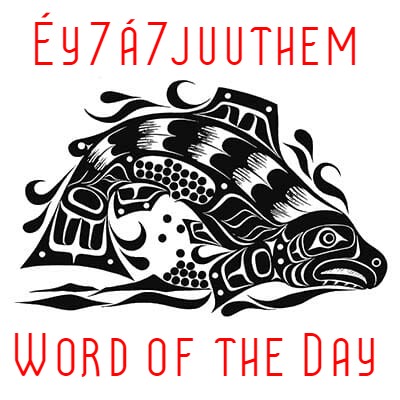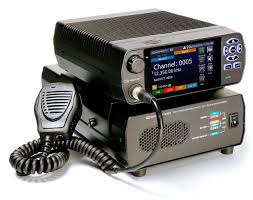
The Strathcona Regional District has been awarded $360,000 through the 2025 Emergency Operation Centre grant funding stream.
The SRD says the funding will significantly enhance emergency preparedness and response capabilities across several North Island and coastal communities.
The grant will support the purchase of high-frequency commercial radio equipment, specialized training, and the hiring of disaster communications technicians.
The upgrades will expand the reach of the DisasterNet BC network, linking six more communities to a secure, provincewide emergency communications system.
“This grant is a direct result of strong regional collaboration,” said SRD Chair Mark Baker.
“It will improve our ability to communicate across jurisdictions when it matters most. Communities will be better connected and more resilient in the face of emergencies and natural disasters.”
DisasterNet BC operates on commercial HF (high frequency) radio channels that are licensed and interference-protected, providing reliable communications even when cellular or internet networks fail.
The SRD says it's an investment in dependable, community-based solutions to support rapid response and coordination during crises.
In addition to radio network expansion, the funding will also support improved virtual meeting infrastructure for the City of Campbell River and Village of Sayward, and an upgraded server at the Village of Gold River municipal hall, allowing for more effective coordination during emergencies.
Some of the funding will go toward additional hours for part-time Emergency Program Liaisons in participating villages and First Nations, helping ensure local emergency plans are current, tested, and understood.
This grant application was a joint effort between the SRD and several partners, including the City of Campbell River, Ehattesaht/Chinehkint First Nation, Nuchatlaht First Nation, Town of Port McNeill and the Villages of Sayward, Gold River, Tahsis and Zeballos.
The SRD says the investment strengthens local emergency management by building capacity where it’s needed most - within rural, remote, and Indigenous communities that often face greater barriers in disaster response.
For more information, visit Strathcona Regional District.


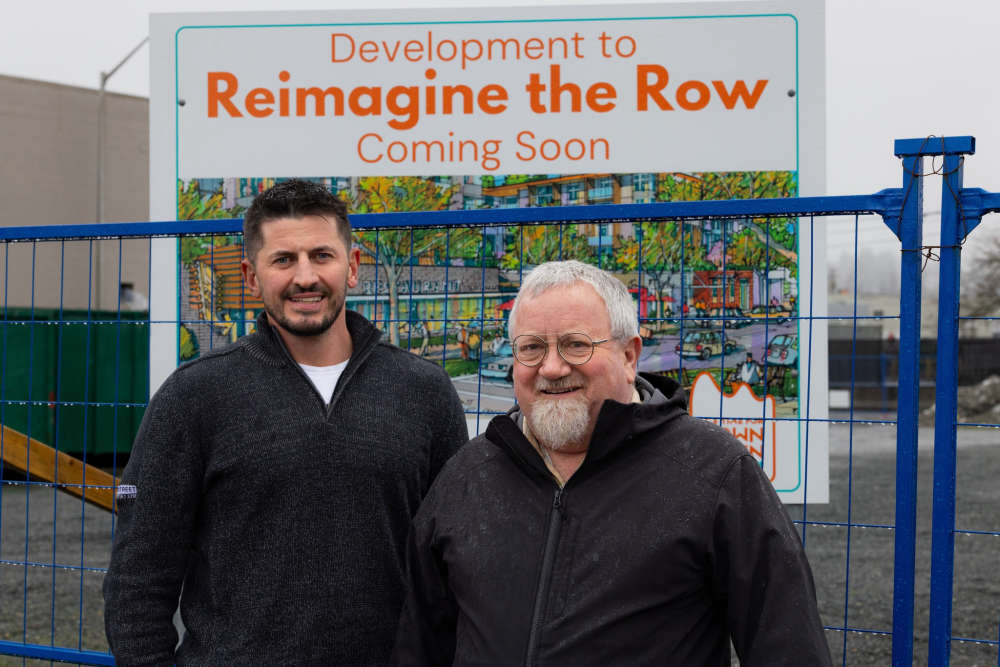 Campbell River Partners With Local Developers On Reimagining The Row
Campbell River Partners With Local Developers On Reimagining The Row
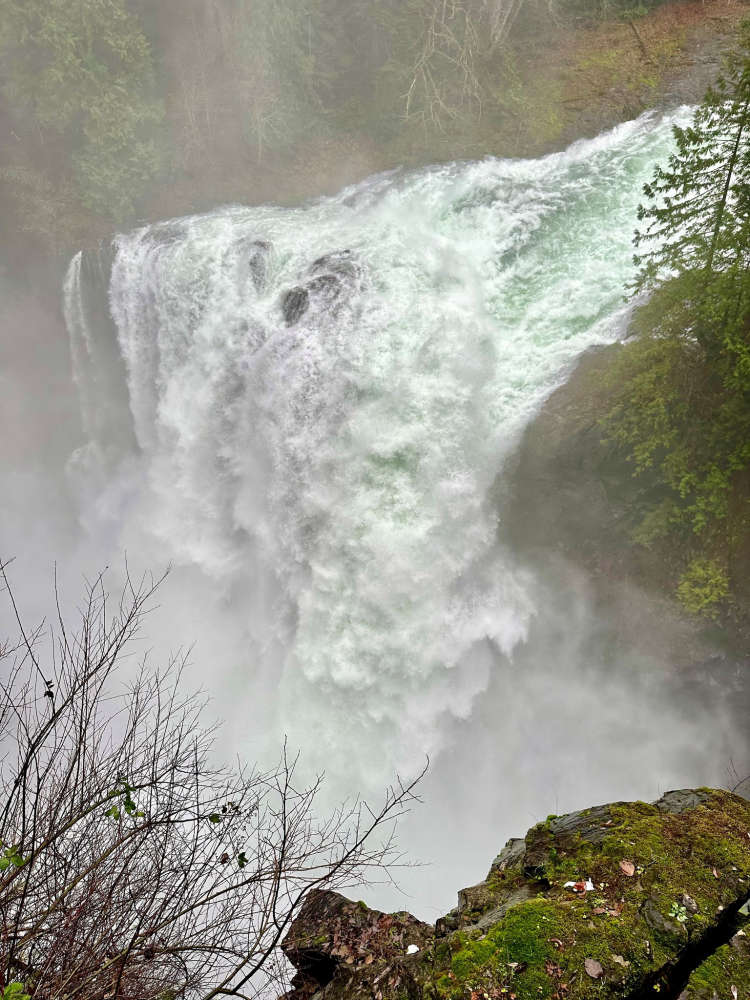 Public Safety Advisories Along Campbell And Puntledge Rivers
Public Safety Advisories Along Campbell And Puntledge Rivers
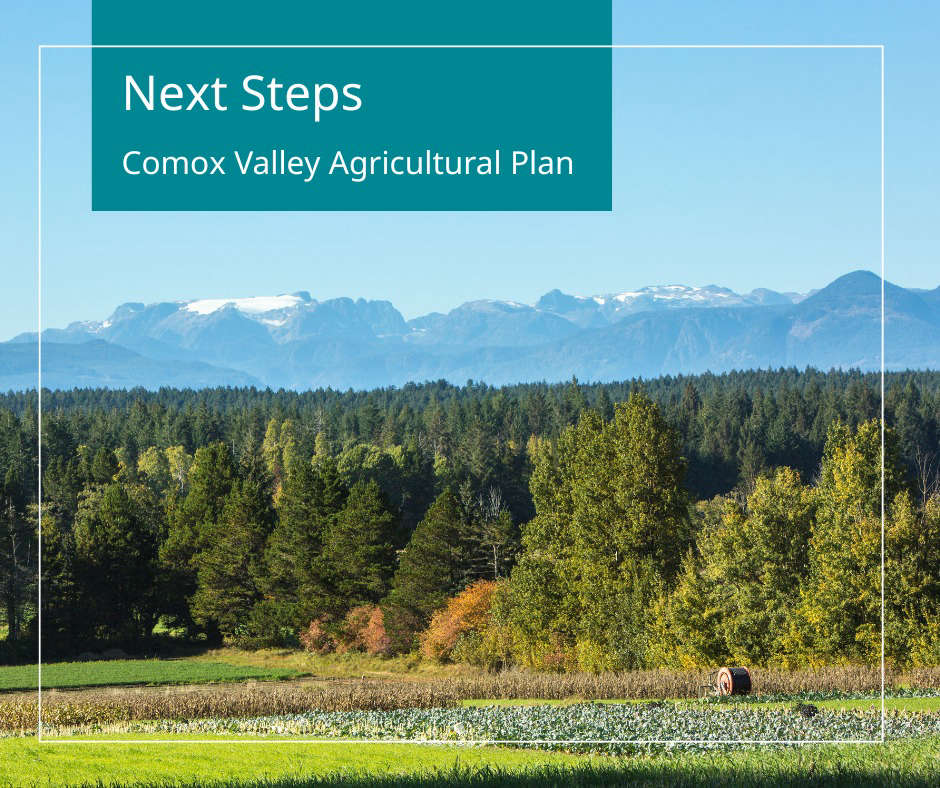 CVRD Announces Agricultural Planning Coordinator And Steps For Implementing Comox Valley Agricultural Plan
CVRD Announces Agricultural Planning Coordinator And Steps For Implementing Comox Valley Agricultural Plan
 Campbell River Winter/Spring Recreation Registration Begins Today
Campbell River Winter/Spring Recreation Registration Begins Today
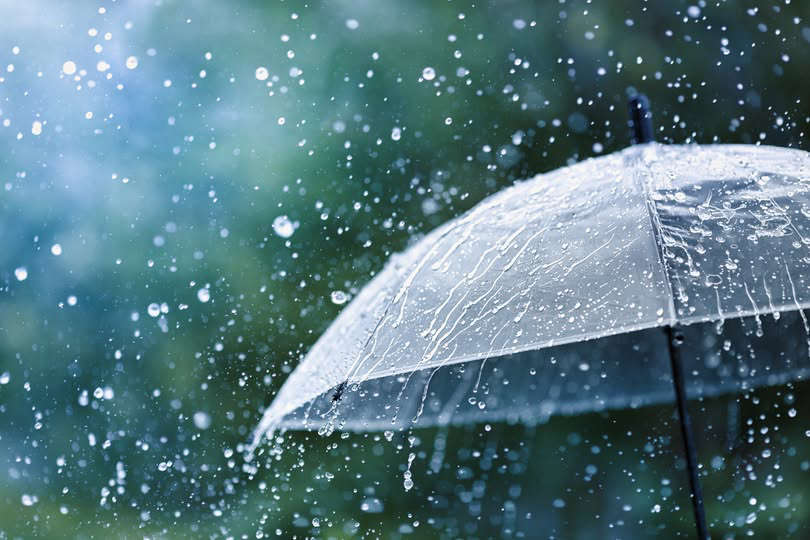 Residents Urged To Stay Alert As Heavy Rain Continues On Vancouver Island
Residents Urged To Stay Alert As Heavy Rain Continues On Vancouver Island
